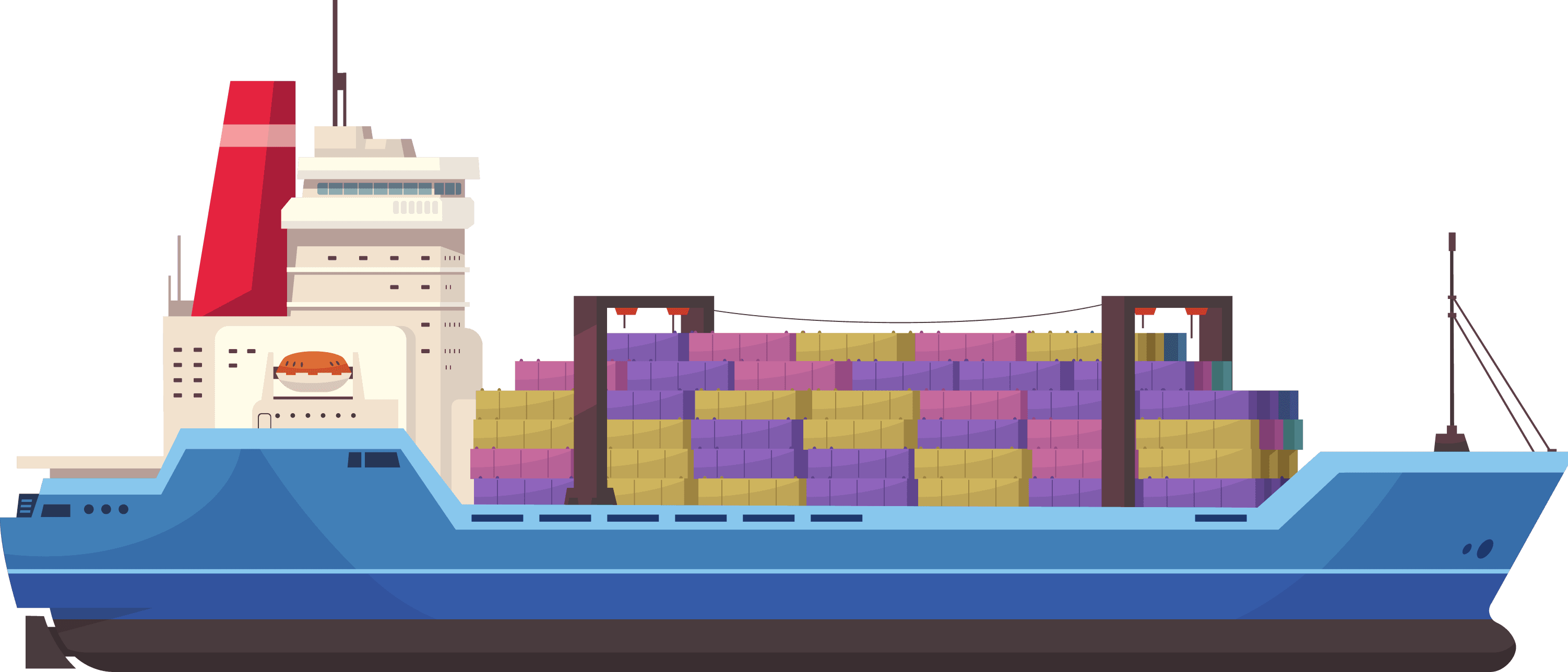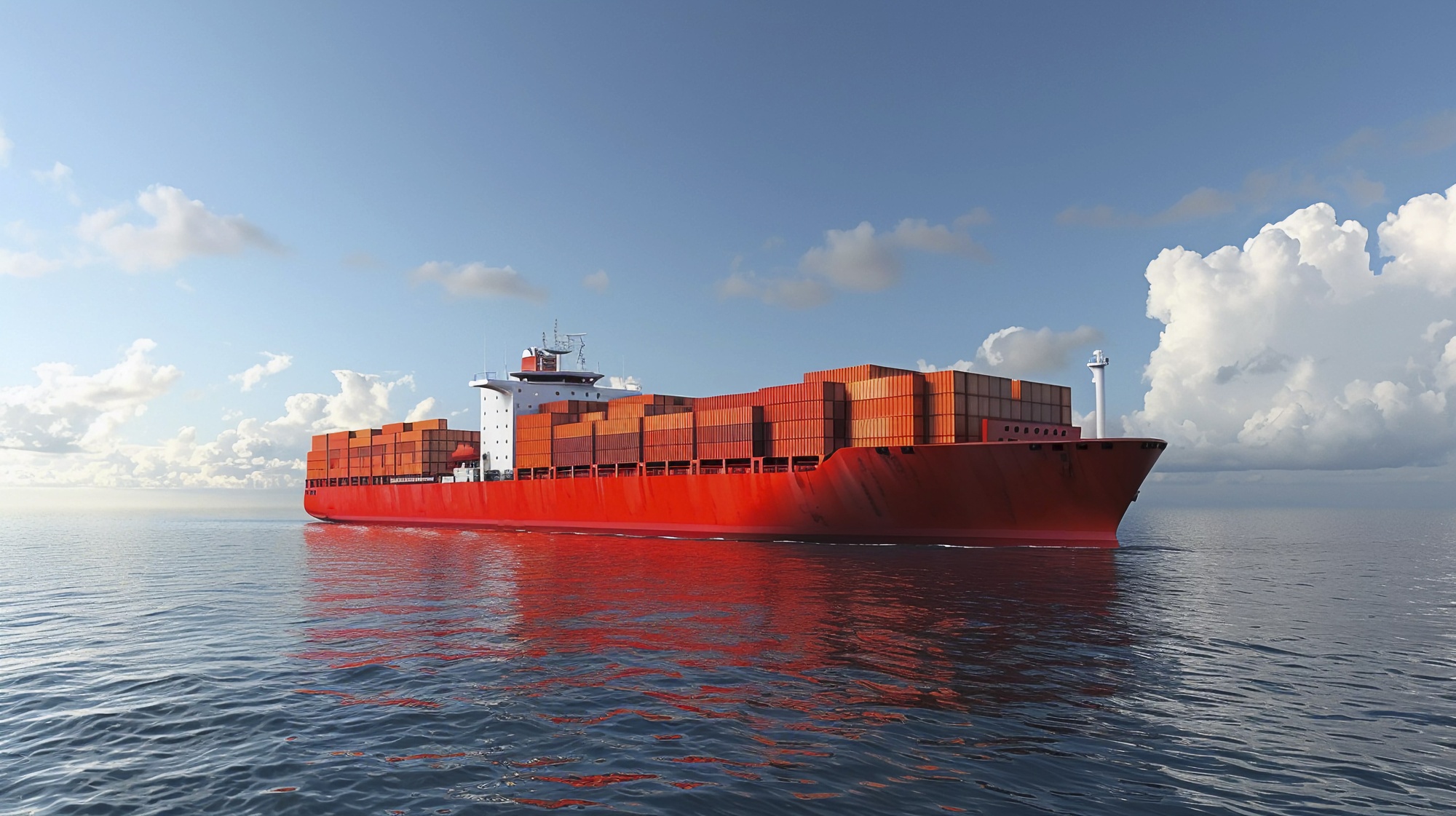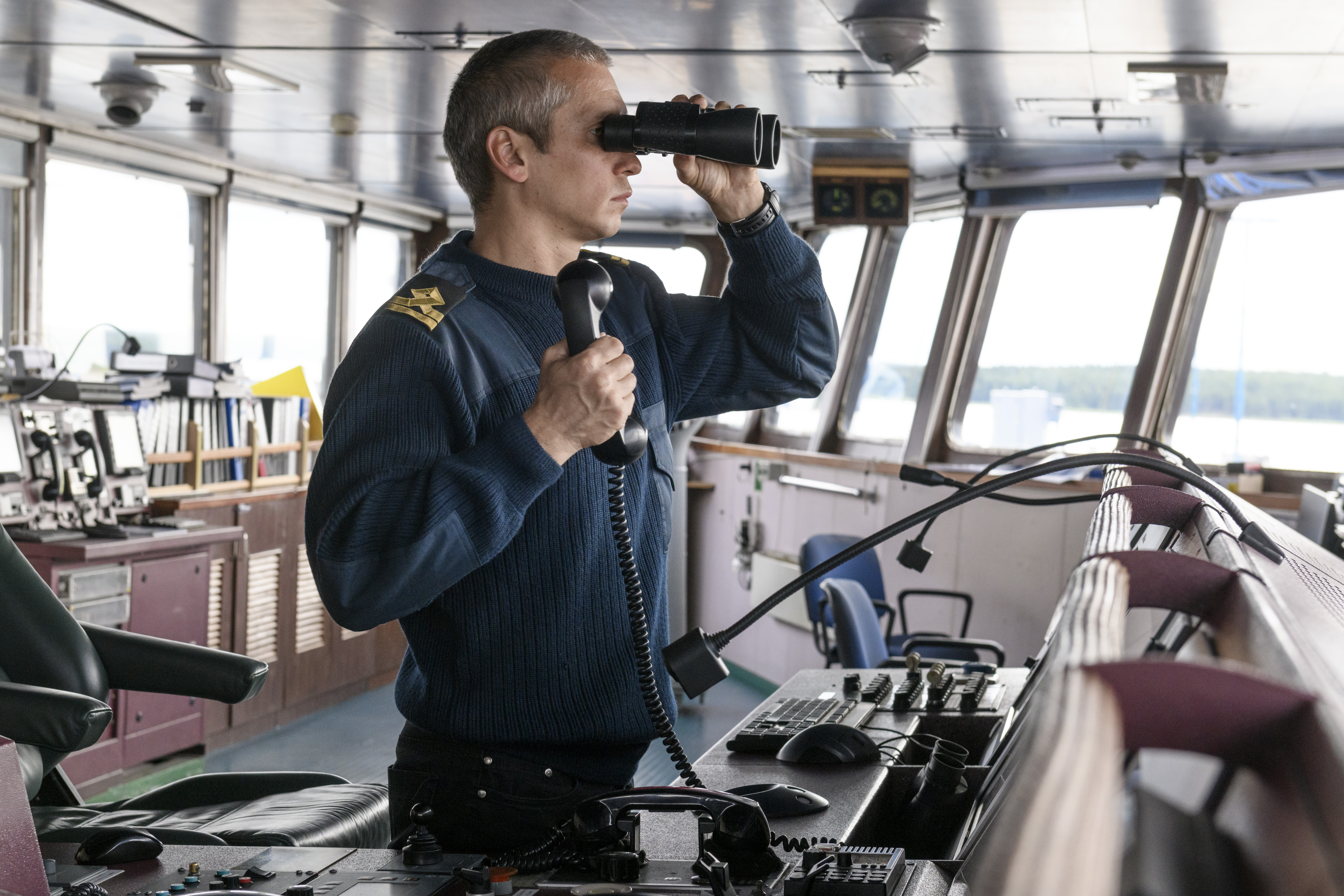Scheduled service systems
Scheduled maintenance systems are designed to include as many items of ship equipment as possible. It is important that maintenance work is on schedule and proper records are kept. Frequencies provided for overhauls / inspections are and can only be guidelines. The vessel’s pattern of trade, climatic conditions and operating conditions should be carefully considered and, if necessary, the frequency should be changed to meet the prevailing conditions. Therefore, the cited frequencies should be considered as minimum indications. Vessels that do not have official scheduled maintenance systems must be regularly overhauled and inspected as specified in the manufacturer’s instructions.
Critical equipment and systems
Section 10.3 of the ISM Code requires the identification of equipment and technical systems whose sudden operational failure can lead to hazardous situations.
All elements identified by the Company as critical should be included in a shipboard scheduled maintenance system designed to improve the reliability of such equipment or systems. These measures should include regular testing of back-up devices and equipment or technical systems that are not in constant use.
Systems identified for programmed testing within the planned maintenance system are:
1. Main Engine and its safety devices
2. Auxiliary engines
3. Oil Purifier
4. Oily Water Separator
5. Fuel Oil Transfer pump
6. Steering Gear System
7. Engine room alarm system
9. Radars / ARPA
10. GMDSS System
11. Navigation Lights and Shapes
12. Ship’s Whistle
13. Gyro and Repeaters
14. Auto Pilot and Steering Stand
15. ME Control System and Emergency Stop
16. Echo Sounder
17. Standby/ Backup Equipment and Systems
Any failure of this equipment or system is inappropriate. If the fault has been rectified on board without the need to contact this office and without the risk of contamination or contamination, this is an internal condition
non-compliance of the vessel and does not need to be reported to the office if a problem does not recur, or the Captain believes that other vessels may benefit from feedback due to this incident, such as a radar antenna fuse blowing. If external assistance or spare parts in any form are required or the threat to the safety of the vessel or the environment is real, such as a breakdown of the pipeline, then the vessel must report this to the office as non-compliance.
Gauges and Tools
The Chief engineer statup is responsible for ensuring all critical pressure gauges (excluding those covered by classification CSM) are checked.
Where a deadweight tester is on board this may be used for the testing of pressure gauges but must itself be checked ashore annually.
The following critical measuring equipment shall be calibrated every Intermediate and Special surveys:
1. Boiler pressure gauges
2. Air cooler pressure gauges
3. M/E hydraulic pressure gauges
4. Main engine RPM indicator (for non-CPP ships)
5. Oxygen meter
6. Bunker line pressure gauges
The Chief Engineer should notify the Superintendent in good time when equipment requires to be sent ashore for accuracy checks.




